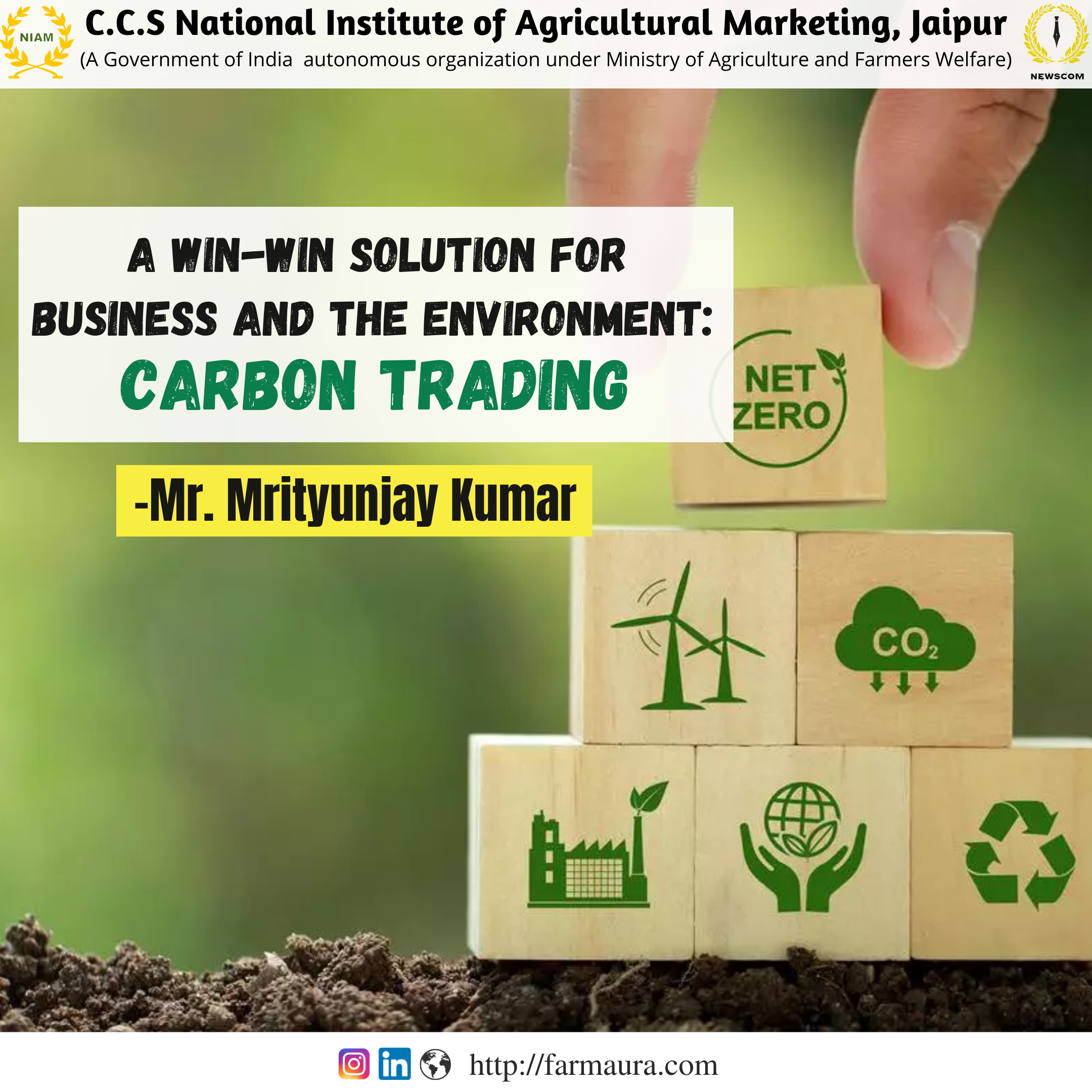Introduction
A new generation of agricultural critics believes that poor countries should prioritize commercial farms, higher-value agriculture, and rural income diversification through migration and non-agricultural development over food staples and small farms. This is due to globalization, trade liberalization, shifting market structures and demand, and abundant global food supplies. Following that, the significance of agricultural structural change and the role of the rural non-farm sector was emphasized. Agriculture is also critical to the expansion of the non-agricultural sector.
Key cutting-edge technologies, such as livestock, vertical farming, robotics and automation technology, and artificial intelligence, offer enormous growth potential for the agricultural sector. When it comes to the technological transformation of the agricultural industry, the primary topics of discussion are various technological features and developments. Continued adoption of modern agricultural technology will increase small farmers’ incomes and contribute to the nation’s economy in the future.
Agriculture production can be supported using modern farming technologies such as machinery, higher-quality seed varieties, and inorganic compound-based fertilizers. When farmers are fully aware of the technology and its possibilities, the most recent agricultural technology interventions result in long-term stability.
Digital technology is transforming the global economy and culture, and numerous efforts are being made to shift business paradigms. Increased sales, efficiency, and a focus on customer needs are just a few of the potential benefits that could result in better value development or novel methods of engaging customers. Every company that wants to be sustainable, grow, expand, and be more efficient must embrace digital transformation.
Furthermore, between 2019 and 2025, regulated precision agricultural services are expected to increase by more than 27%. Vertical indoor farming can overcome land constraints, increase crop yield rates, and even reduce the environmental impact of farming by reducing the distance traveled by the agriculture sector’s supply chain and increasing the production rate.
Vertical Indoor Farming
It is a method of growing goods in a controlled, enclosed environment by stacking them on top of each other. Vertically mounted farmed rails significantly reduce the amount of land used for plant development when compared to traditional agricultural practices. This type of farming is frequently associated with metropolitan and urban agriculture due to its ability to thrive in constrained areas. Instead of windows, artificial wax lamps are used as lighting sources. The advantages of indoor vertical farming are obvious, ranging from increased food yields while lowering labor costs to long-term urban growth.
Farm Automation
Farm automation, also known as “intelligent agriculture,” boosts farm output by automating crop and animal production cycles. Agricultural automation addresses significant challenges such as population growth, labour shortages on plantations, and changing customer preferences. The automation of traditional farming processes has several advantages because it addresses issues such as consumer preferences, labour shortages, and the environmental impact of farming.
Livestock Farming Technology
Animal and livestock management, welfare, and output can all be improved or increased with the help of livestock technology. As dairy herds are outfitted with sensors to monitor health and increase productivity, the “connected cow” concept has emerged. Wearable sensors attached to cattle can provide data-driven perspectives for the entire herd while also monitoring routine behavior and health issues. Producers can easily access expressive, actionable information generated by all of this data, allowing them to make quick management decisions.
Modern Green Houses
In modern greenhouses, lights and automated control systems based on light-emitting diode (LED) technology are widely used to precisely adjust to the growing environment. Competitive greenhouse businesses are expanding their growth facilities near urban areas to tap into the expanding market for regional food. The greenhouse industry is expanding to develop the assets required to compete in today’s market by focusing on venture capital and other outlets.
Precision Agriculture
Precision agriculture allows farmers to increase productivity while also teaching them how to manage costs and learn more advanced planting and growing methods.
Blockchain and Big Data
We believe that the use of blockchain in agriculture will grow in popularity in order to increase supply chain transparency, reduce the risk of food shortages, and promote more productive transactions.
Artificial intelligence (AI)
It is being used in agriculture to help grow better crops, manage pests, monitor soil and changing weather conditions, coordinate data with farmers, reduce workload, and improve the handling of multiple supply chain activities. Weather forecasting and soil and agricultural health monitoring systems are two examples of how artificial intelligence can be used.
Drones for Crop Health Analysis
Sky Saver Technology pioneered the use of drone-based imaging to monitor crop health. Drones collect data from lands or fields, which is then transferred to a computer via a USB drive and analyzed by experts.
Agricultural Robot
The development of land farm robots allows them to perform a variety of tasks. This type of robot can control weeds and harvest crops faster and in greater quantities than humans. These robots are programmed to assess crop quality and detect weeds while harvesting and packing crops. These robots can also deal with the difficulties that farm laborers face.
Conclusions
small farm development is a practical and poor-friendly solution for agricultural growth in many impoverished nations. However, small farms are facing significant difficulties due to changing demands for agricultural products, evolving marketing chains, and unfair competition from farmers in developed nations. While some small farmers may have new opportunities for higher-value products, many others risk being left behind due to a lack of essential services and agricultural inputs. Overall, there is a need for increased support for small farmers in developing nations to ensure their continued success and growth.




